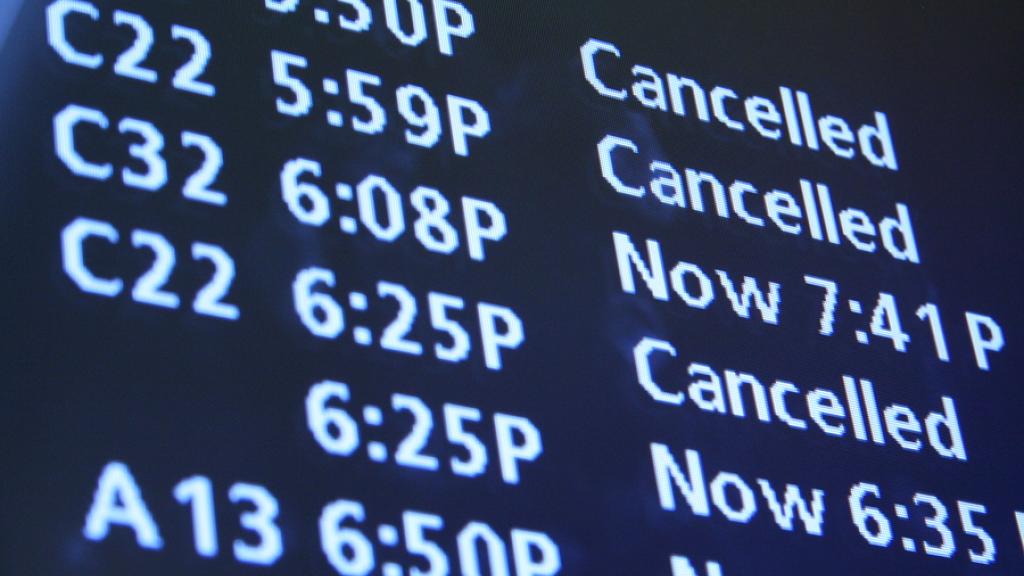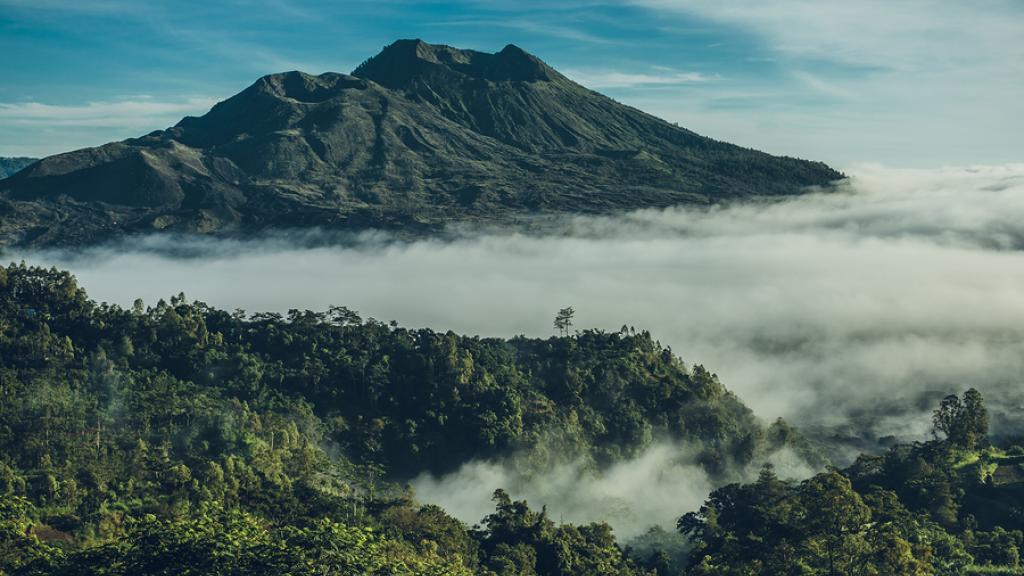
On Monday 1 August 2016 Mount Rinjani, an active volcano on the Balinese island of Lombok erupted. The eruption and resulting ash cloud caused the cancellation of a number of flights between Australia and Bali. A number of major airlines were affected including Virgin, Qantas and Jetstar. On this occasion, disruption was fairly minimal and most flights were simply delayed. A similar event occurred in November of 2015 when Mount Rinjani and Mount Ruang erupted, however the results were far more disruptive. For many travellers, their Bali holidays were either cancelled, or extended for up to 2 weeks - whether they wanted them to be or not.
There's no need to be afraid of Bali's volcanoes or volcanic ash clouds, and major disruptions like 2015 are pretty rare. In fact tourists have an interesting relationship with Bali and its volcanoes. They're both drawn to them as mysterious and majestic tourist attractions but also wary of the disruptions they can cause to their travel plans. The chances of another major ash cloud event are fairly slim. Still, it's interesting to discover just what it is about volcanic ash clouds that make them so dangerous for airplanes. As you'll see, there's a lot more to it than just needing to switch on the windscreen wipers.
The second highest volcano in Indonesia, Mount Rinjani is located on the island of Lombok and had laid dormant for 5 years. In late October 2015 it began to erupt causing disruptions in November 2015 and again in August 2016. A team of meteorologists from the Volcanic Ash Advisory Centre in Darwin issued warnings that conditions were not suitable for aviation operations into or out of Denpasar Airport.
There are 9 Volcanic Ash Advisory Centres (VAAC) around the world which the aviation industry relies on to provide advice on the location and movements of volcanic ash clouds. The Darwin VAAC covers the area including Indonesia, Papua New Guinea and parts of the Philippines - an area which is known for some of the biggest eruptions in history. Operating 24 hours a day, the Darwin VAAC uses volcanological ground reports, satellite information, meteorological knowledge, pilot reports and numerical models to track and forecast ash movements allowing aircraft to fly safely around airborne ash.
Volcanic ash is comprised of gases and fine pulverised rock. The gases transform into droplets of sulphuric acid and other chemicals and when in the air, are potentially deadly to aircraft. One of the most critical effects on aircraft is caused by ash melting in the hottest part of the engine. This then fuses into a glass-like coating, causing engine components to lose thrust resulting in flame out and possible engine failure. This also causes abrasion to engine parts and the airframe, with possible clogging of cooling systems and fuel. Pretty dangerous stuff.

In June 1982 both a British Airways 747 and Singapore Airlines 747 made emergency landings due to encounters with volcanic ash. Since then, major international efforts have been made to track and avoid volcanic ash clouds. Aside from the potential danger it causes passengers and crew, the damage can also be extremely costly. It's estimated that since 1982, ash cloud damage has cost the aviation industry in excess of $250 million. This is not good news if you're hunting a cheap flight.
Still, not all Bali's volcanoes are doom and gloom. Although they can sometimes cause a few hiccups in travel plans, they're also huge tourist attractions. One of the most popular volcano tours in Bali is Kintamani Volcano. Also known as Mount Batur, this active volcano is a popular sightseeing destination in the central highlands of Bali. Surrounded by the stunning Mount Batur range, the volcano offers breathtaking views of the 13m² Batur caldera lake. The Kintamani Volcano tour is a rare chance to get up close and personal with one of the few remaining active volcanoes in Bali. But don't worry, it's safe.
The Balinese culture revolves around myths and legends and when it comes to volcanoes, these perilous peaks are no different. Some locals believe volcanic eruptions are a sign of the wrath of the Gods and use purifying rituals and temple ceremonies to appease the spirits. If the ancient texts hold true, then Bali's volcanoes should continue to sleep for many more years. However the Australian and Indonesian governments continue to monitor seismic activity, just in case these sleeping giants decide to wake up again.